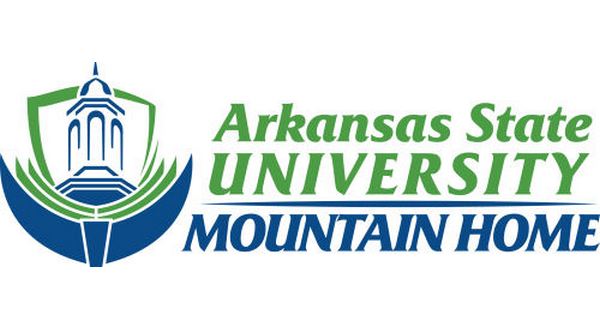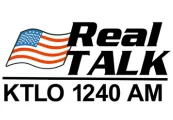
As Arkansas State University-Mountain Home sees an increase in part-time students with a record number of high school students taking college-level courses, the state’s new funding formula is set to begin next July.
Earlier this year, legislators passed Act 148, providing a general framework for the new funding method, which changes the focus from one based largely on enrollment to one based on student success. The new productivity-based funding methodology will be used to determine funding recommendations for state-supported institutions of higher education starting with the 2018-19 academic year.
The impact of the new law and the shift in the status of those enrolling at ASUMH remains to be seen, according to Dr. Robin Myers, ASUMH Chancellor.
Listen:
ASUMH has traditionally performed well in its number of degree attaining graduates, ranking among the highest of the 22 two-year schools in the state.
The metrics in the new funding model are centered around four fundamental categories, effectiveness, affordability, mission specific adjustments and efficiency adjustments. The four will be used to become a college’s productivity index.
Higher Education Department staff will then use the index to determine whether a college or university improved from one year to the next and whether the institution would get less, more or the same amount of funding from the state.
The funding model is part of the state’s higher education master plan, which seeks to raise the Arkansas’s graduation rate, increase enrollment of adult students ages 25 to 54, close attainment gaps and improve college affordability.
Arkansas currently ranks 45th in the nation in the percentage of adults who hold “high-quality certificates” or higher, according to the Lumina Foundation, a private group working to increase the number of Americans who hold certificates or degrees. Data show that 39.5 percent of adult Arkansans have that level of education, while the state that’s lowest in the nation — West Virginia — has a 32.9 percent rate.
The state’s higher-education master plan aims to raise its percentage of adult Arkansans who have technical certificates, associate degrees, bachelor’s degrees or higher to 60 percent by 2025.
A better-educated population can attract businesses and industry to the state, officials say.
Colleges and universities are funded by three main sources–tuition and fee revenue, state appropriations and donations.
WebReadyTM Powered by WireReady® NSI










